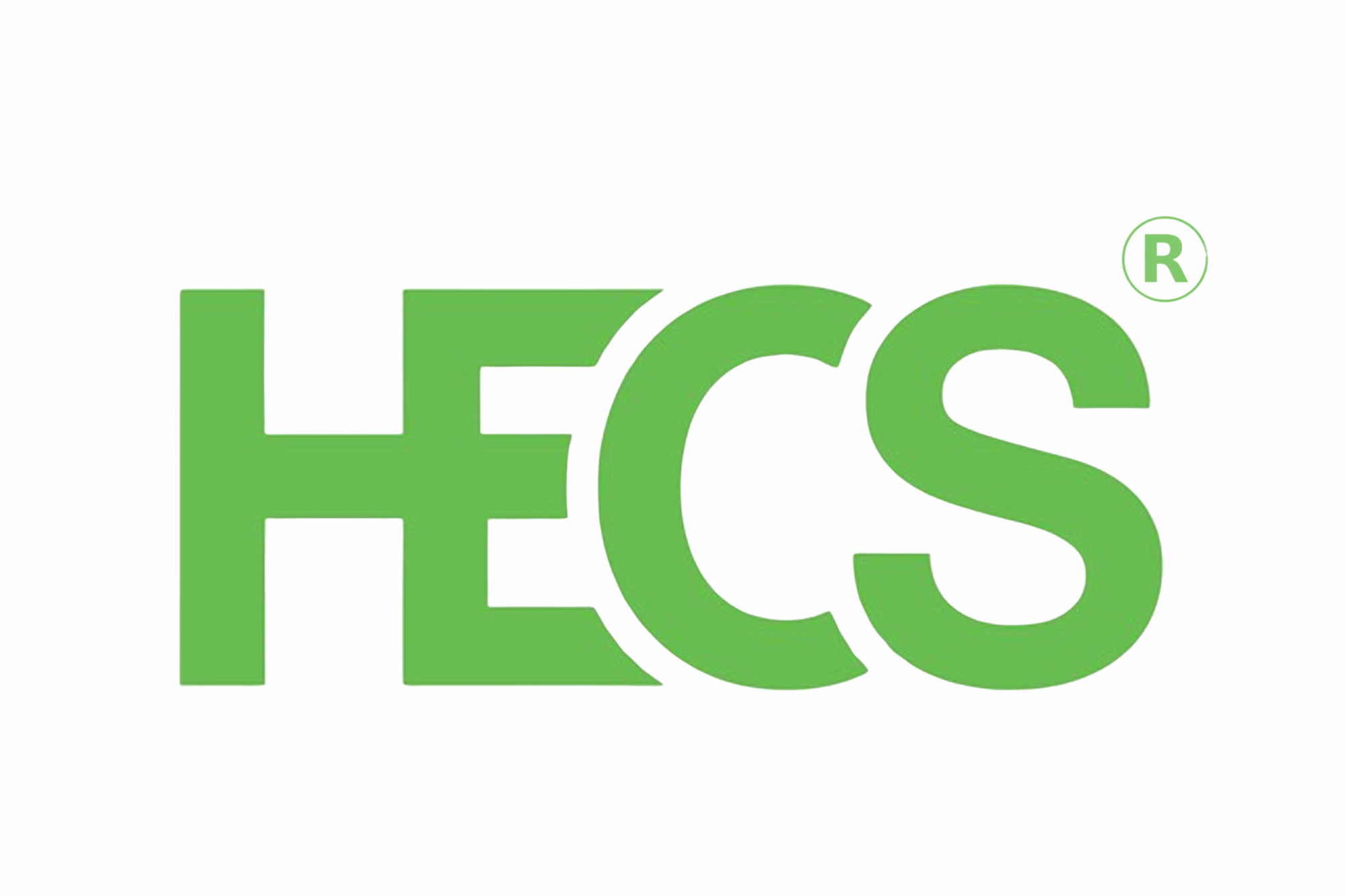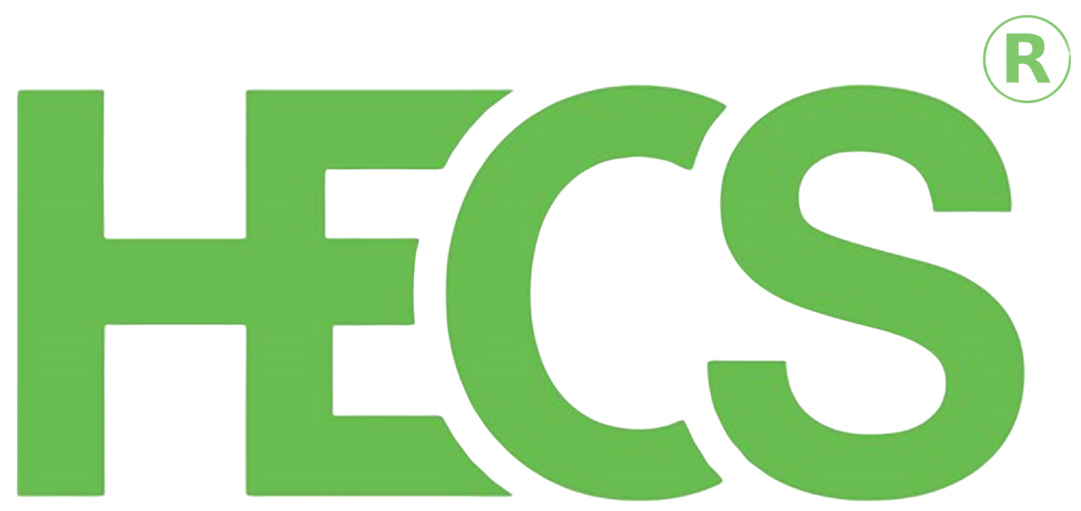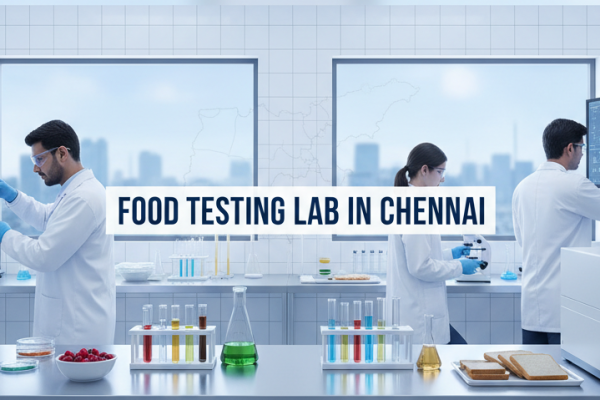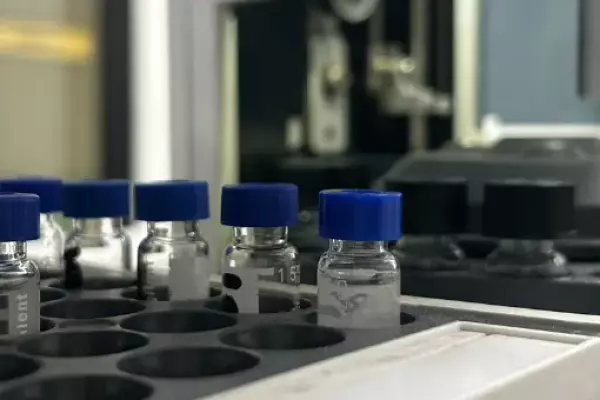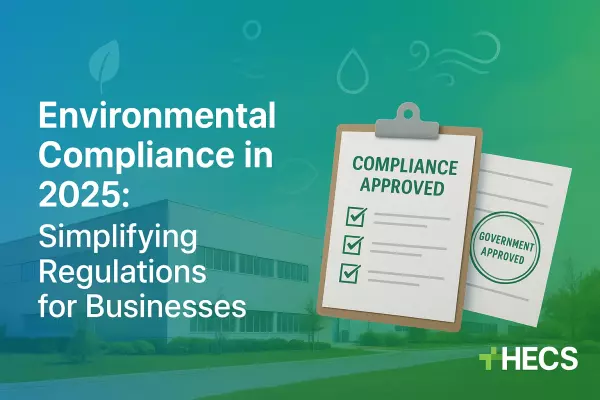
How Sewage Is Treated: A Comprehensive Guide to Wastewater Management
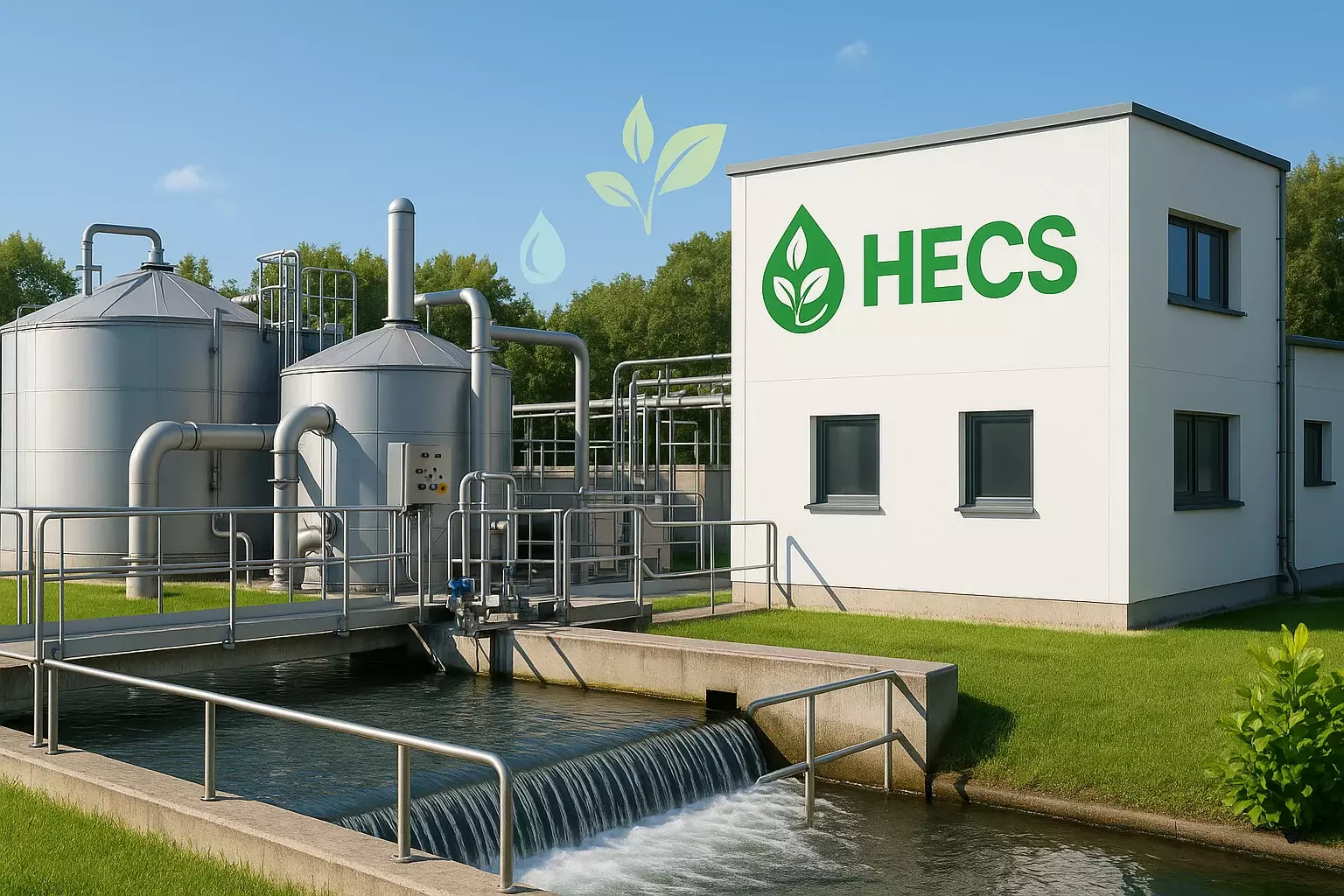
How Sewage Treatment Works: A Complete Guide to Wastewater Management
Ever wonder what happens to the water after you flush the toilet, wash dishes, or run the washing machine? That dirty water, known as sewage, could wreak havoc on rivers, wildlife, and even your drinking water if left untreated. Sewage treatment is the unsung hero that cleans this wastewater, making it safe for the environment or reuse. Whether you’re a homeowner curious about your environmental footprint, a business owner navigating regulations, or simply passionate about clean water, this guide breaks down the sewage treatment process in a way that’s easy to understand. From filtering out debris to zapping harmful bacteria, we’ll cover every step. Why does it matter? Untreated sewage can pollute water sources, spread diseases, and harm ecosystems. 2.2 billion people lack access to safe water (UN, 2023). Dive in to learn how sewage treatment protects our planet and how you can contribute to a cleaner future.
What Is Sewage and Why Does It Need Treatment?
Sewage, often referred to as wastewater, is water contaminated by human activities, including household tasks (such as flushing toilets or washing dishes), industrial processes, and stormwater runoff. It’s a mix of domestic wastewater (from sinks, showers, and toilets), industrial wastewater (laden with chemicals or heavy metals), and stormwater (carrying debris, oils, or pollutants from streets). This murky water contains harmful substances like human waste, food scraps, detergents, pathogens, and even toxic chemicals.
Without proper sewage water treatment, releasing this water into rivers, lakes, or oceans can spell disaster. It can:
Contaminate drinking water sources, posing a risk to public health.
Harm aquatic ecosystems by depleting oxygen or introducing toxins.
Spread diseases like cholera or typhoid through pathogens.
Ruin landscapes and waterways used for recreation or agriculture.
Sewage treatment removes these contaminants, ensuring water is safe for release or reuse in applications like irrigation or industrial cooling. Effective wastewater management is key to environmental sustainability, public health, and conserving water, a resource in short supply for billions.Types of Sewage
Greywater: Wastewater from sinks, showers, and laundry, containing fewer pathogens.
Blackwater: Sewage from toilets, high in organic matter and bacteria.
Industrial Effluent: Wastewater from factories, often with chemicals or heavy metals.
Stormwater: Rainwater runoff carrying pollutants from roads or urban areas.
What Is Wastewater?
Wastewater is any water altered by human use, making it unfit for its original purpose without treatment. It’s a broad term encompassing:
Domestic wastewater: From household activities like cooking, cleaning, or bathing.
Industrial wastewater: From manufacturing, mining, or power plants, often containing hazardous substances.
Stormwater: Runoff from precipitation, picking up pollutants like oil, dirt, or fertilizers.

Key Characteristics of WastewaterContaminants: Includes organic matter (food waste, feces), pathogens (bacteria, viruses), nutrients (nitrogen, phosphorus), and chemicals (detergents, heavy metals).
Environmental Impact: Untreated wastewater can deplete oxygen in water bodies, kill fish, and disrupt ecosystems.
Treatment Necessity: Requires processes like filtration, biological treatment, and disinfection to make it safe.
Why It Matters: Globally, 80% of wastewater is released untreated, polluting waterways and threatening biodiversity (UNESCO, 2023). Proper wastewater treatment
The Sewage Treatment Process
Sewage treatment involves multiple stages designed to remove contaminants and produce environmentally safe effluent:
1. Preliminary Treatment
Screening: Large objects like rags, sticks, and plastics are removed to prevent damage to equipment.
Removal: Sand, gravel, and other heavy particles are settled out to protect downstream processes.
2. Primary Treatment
Sedimentation: Wastewater is held in large tanks where solids settle to the bottom, forming sludge, while oils and lighter materials float to the top and are skimmed off.
3. Secondary Treatment
Biological Processes: Microorganisms break down organic matter in aerated tanks, converting it into carbon dioxide, water, and energy.
Secondary Clarification: Remaining solids are settled out, and the treated water moves on to the next stage.
4. Tertiary Treatment
Advanced Filtration: Further removal of residual solids and nutrients like nitrogen and phosphorus.
Disinfection: Methods such as chlorination or ultraviolet (UV) light are used to eliminate pathogenic microorganisms.
5. Sludge Treatment
Thickening and Digestion: Sludge from primary and secondary treatments is processed to reduce volume and stabilize organic material.
Disposal or Reuse: Depending on quality and regulations, treated sludge or biosolids can be safely disposed of or used as fertiliser.
Environmental Impact of Untreated Sewage
Discharging untreated or inadequately treated sewage into water bodies can lead to:
Eutrophication: Excess nutrients promote algal blooms, depleting oxygen and harming aquatic life.
Pathogen Spread: Harmful bacteria and viruses can contaminate drinking water sources and recreational areas.
Chemical Pollution: Industrial effluents may introduce toxic substances, affecting both ecosystems and human health.
Incidents like the sewage spill into Flushing Bay in Queens highlight the severe consequences of infrastructure failures and the importance of effective sewage treatment systems.
Importance of Effective Sewage Treatment
Proper sewage treatment is crucial for:
Protecting Public Health: Preventing waterborne diseases and exposure to harmful chemicals.
Environmental Conservation: Maintaining the health of rivers, lakes, and oceans. Resource
Recovery: Reclaiming water for reuse and recovering energy and nutrients from waste.
HECS: Leading the Way in Sustainable Sewage Treatment Solutions
Effective sewage treatment is critical for safeguarding public health, protecting the environment, and promoting sustainable water management. By investing in advanced wastewater treatment solutions from HECS, you ensure top-tier sewage treatment systems that deliver unmatched efficiency and reliability. Our smart wastewater management technologies optimise water purification, reduce environmental impact, and support sustainable resource use. Choose HECS for industry-leading sewage solutions, eco-friendly water treatment, and innovative systems designed to meet your needs while driving long-term value and compliance.
Share this post:

